Service hotline
+86 0755-83975897
 en
en Release date:2025-02-07Author source:KinghelmViews:2506
The battle between Nvidia's latest high-end graphics cards, the RTX 5090 and RTX 5080, has been one of the most anticipated GPU comparisons of 2025. Both cards promise unparalleled performance, but how do they stack up in real-world gaming and AI applications? In this article, we’ll take a closer look at the performance differences between these two GPUs, particularly focusing on Nvidia’s DLSS 4, MFG (Multi-Frame Generation), and full ray tracing features.
Before diving into the comparison, it’s important to understand what makes these features stand out in Nvidia’s latest GPUs. The DLSS 4 (Deep Learning Super Sampling) technology enhances gaming experiences by using AI to upscale lower-resolution images, resulting in smoother performance without compromising image quality. The MFG (Multi-Frame Generation) feature enhances this by generating additional frames using AI algorithms, further improving visual smoothness in demanding games.
On the other hand, full ray tracing simulates realistic lighting effects, including reflections, shadows, and global illumination. With the RTX 5090 and RTX 5080, Nvidia has pushed these technologies to new heights, providing gamers and content creators with a more immersive and realistic experience.
The RTX 5090 is Nvidia’s flagship GPU, packed with the latest architecture and performance improvements. Featuring enhanced core counts, higher clock speeds, and an increased amount of VRAM compared to the RTX 5080, the 5090 is designed for extreme gaming and professional workloads.
In terms of raw performance, the RTX 5090 outshines the RTX 5080, especially in demanding applications like 4K gaming, AI research, and professional video editing. However, the RTX 5080 still delivers impressive results and is more than capable of handling most modern games and applications at high settings.
One of the most notable improvements in both the RTX 5090 and RTX 5080 is their implementation of DLSS 4 and MFG. Both GPUs perform exceptionally well in games like Cyberpunk 2077, Battlefield 2042, and Control, offering smoother frame rates and sharper visuals at high resolutions.
When using DLSS 4 with the RTX 5090, we see up to a 60% improvement in frame rates, even at ultra-settings with ray tracing enabled. The RTX 5080, while still impressive, achieves around a 45% increase in performance, which is more than sufficient for most gamers.
The MFG feature is also highly beneficial, particularly for titles that demand high frame rates, like Call of Duty: Modern Warfare II and Fortnite. With MFG, both GPUs generate extra frames, resulting in smoother gameplay with less stuttering. The RTX 5090 provides a more noticeable difference in MFG performance, thanks to its superior hardware architecture and AI processing power.
Ray tracing is where the difference between the RTX 5090 and RTX 5080 becomes most apparent. Both cards support full ray tracing, but the RTX 5090’s superior RT cores deliver a more realistic and immersive experience. In games that utilize ray-traced lighting, reflections, and shadows, the RTX 5090 renders significantly more detailed and accurate lighting effects compared to the RTX 5080.
In benchmarks, the RTX 5090’s ray tracing performance is up to 35% faster than the RTX 5080, even with demanding workloads. The RTX 5080 is still capable of excellent ray tracing performance, but the RTX 5090 sets the bar for next-generation graphics.
When it comes to pricing, the RTX 5090 is undoubtedly the more expensive option, typically priced around 50% more than the RTX 5080. However, if you’re a professional working with AI applications, 8K gaming, or high-end video editing, the RTX 5090 offers a significant performance increase that may justify the higher cost. On the other hand, for the average gamer, the RTX 5080 provides excellent value for money, offering strong performance in most games at a more accessible price point.
Ultimately, both the RTX 5090 and RTX 5080 are exceptional GPUs, and your choice depends on your specific needs. If you require the highest possible performance for next-gen gaming, professional workloads, or AI applications, the RTX 5090 is the clear winner. However, if you’re looking for a more budget-friendly option that still offers excellent performance and cutting-edge features, the RTX 5080 will not disappoint.
For most gamers, the RTX 5080 offers more than enough power to handle current and future titles at high settings. But for those who want the absolute best in graphics performance, the RTX 5090 is a worthy investment.
For more details on these GPUs, check out Nvidia’s official page for RTX 5090.
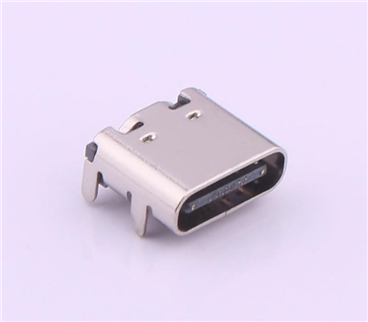
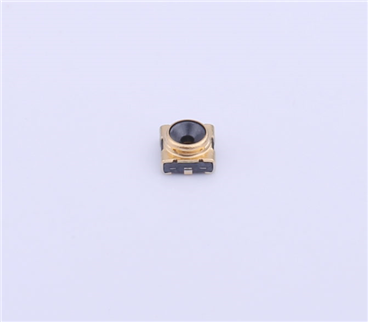
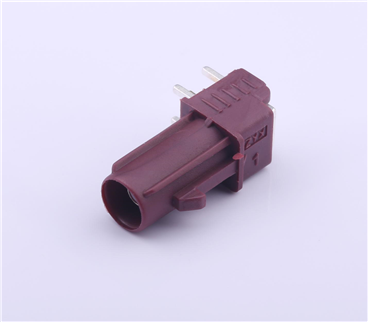
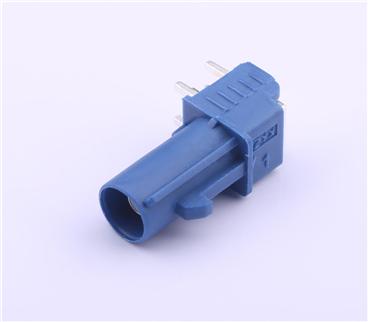
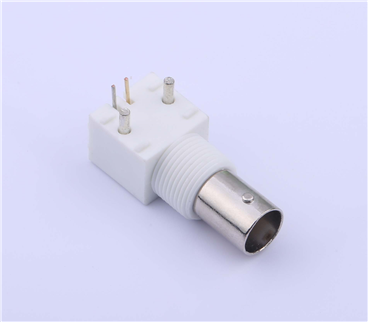
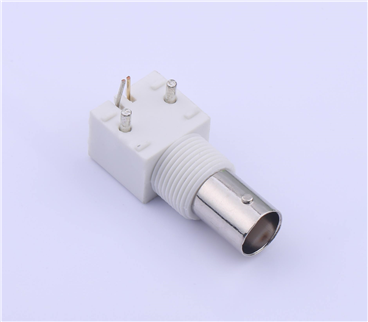
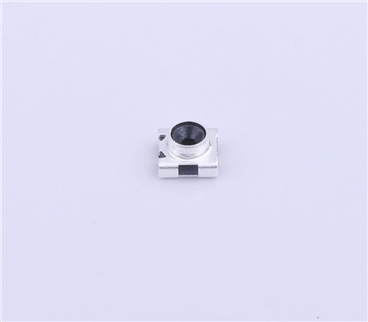
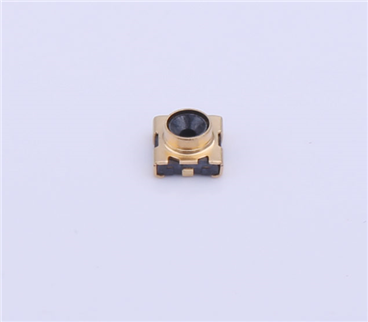
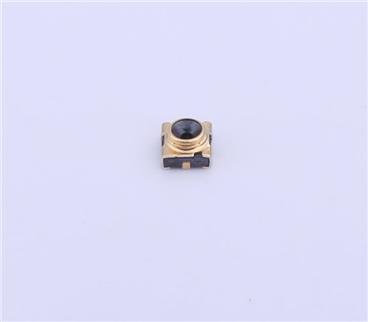
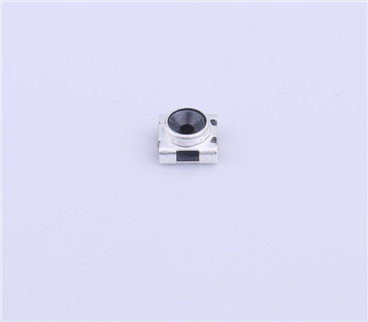
Copyright © Shenzhen Kinghelm Electronics Co., Ltd. all rights reservedYue ICP Bei No. 17113853
